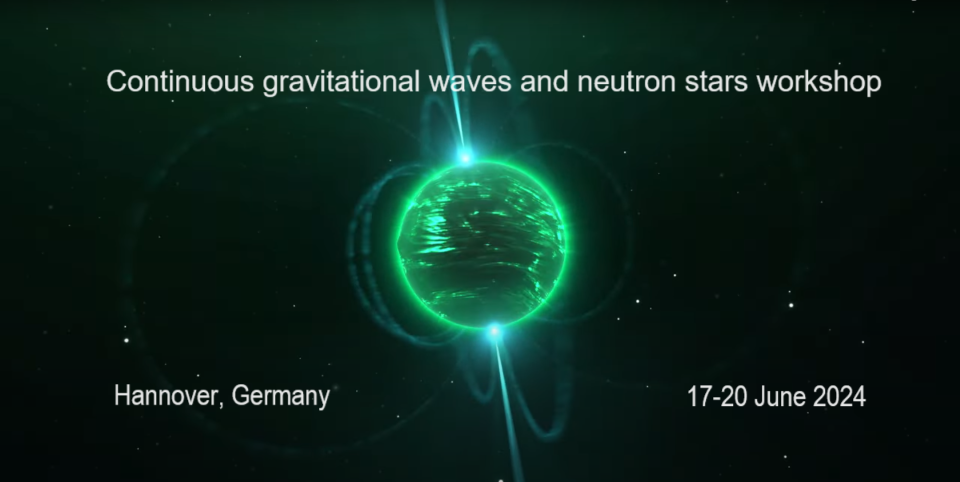Speaker
Description
It is conjectured that dark matter(DM) could also exist within and around neutron star(NSs), accreted into its interior forming a DM core or as DM halo exceeding its radius. Recently there has been a discrepancy in the measurement of neutron decay lifetime, and also a proposition of a dark matter decay channel of neutron to resolve the discrepancy. Although, DM self-interaction strength can be constrained using recent multimessenger astrophysical observations, the rate of such decay is still not well constrained. In this work, we show how we can use the r-mode instability window and possible future detection/non-detection of continuous GW from r-modes to put contraints on the reaction rates of this dark decay process. Assuming chemical equilibrium among DM fermions and neutrons, we estimate the bulk viscosity resulting from the dark decay of neutrons considering different scenarios for the temperature dependence of the reaction rate. The constrained DM interaction strength is used to estimate DM self-interaction cross section and shear viscosity resulting from DM, which is found to be several orders of magnitude smaller than shear viscosity due to hadronic matter. We conclude that DM shear and bulk viscosity may significantly modify the r-mode instability window compared with the minimal hadronic viscosities, depending on the temperature dependence of the process. We also found that for the window to be compatible with the X-ray and pulsar observational data, the rate for the dark decay process must be fast.

